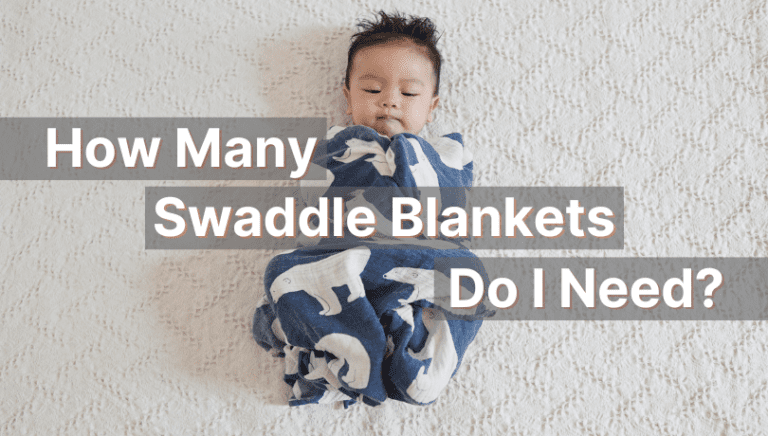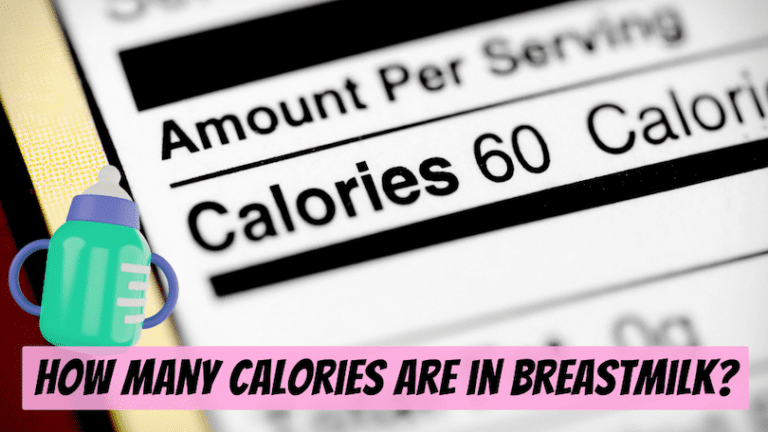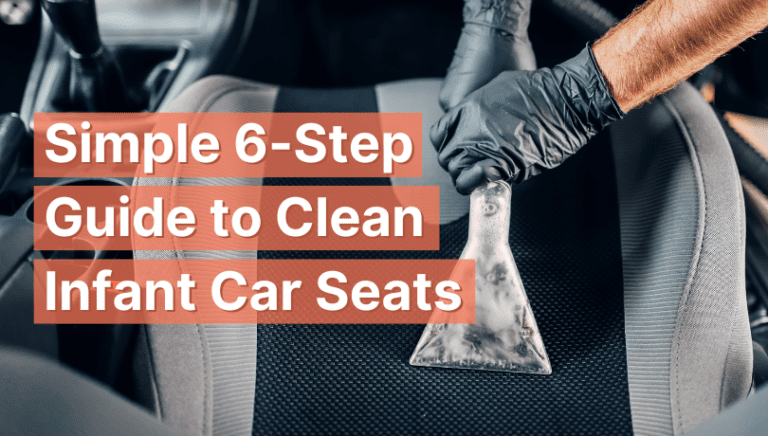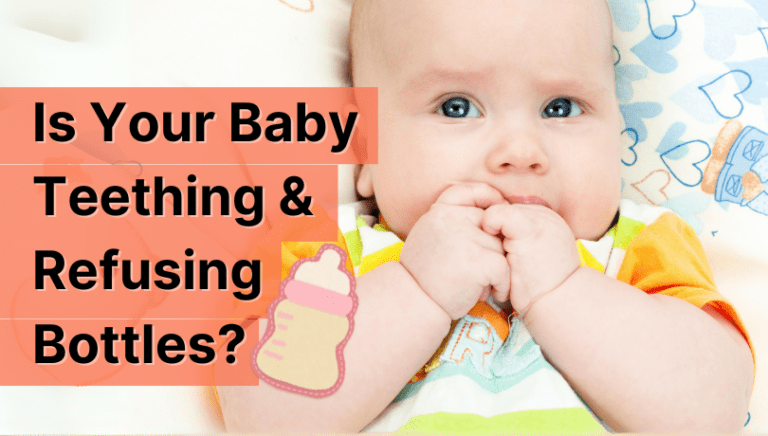Do You Swaddle Too Tight? 4 Common Swaddling Mistakes
Ever seen pictures of swaddled babies? Their faces look so serene and calm in their cozy swaddling blankets. It’s a relief when swaddling can help your little ones sleep soundly for longer stretches, and it allows you a little time to do other things too!
As a parent, all you’ll need to do is make sure you don’t swaddle too tight. But, don’t be scared. I know firsthand how postpartum anxiety or stress can make you second-guess all the little things like proper head placement, crib safety measures, swaddle tightness, and more. And I’m not here to add to that fear.
Let’s simply talk about it and share some knowledge. I’ll elaborate on signs that you swaddle too tight and how you can avoid common mistakes. So, take a deep breath, dear mom or dad! You’re doing great so far and your baby loves you for it.

Table of Contents
Is Swaddling Safe? How Does It Help Babies?
Yes, swaddling can be safe when done right. When my children were younger, I swaddled them occasionally. And I vividly remember how they would sleep for hours undisturbed.
- Swaddling can help your newborn baby sleep more soundly. It can also help prevent the startle reflex, prevent them from hitting their face with their arms, and provide other benefits too.
4 Signs You Swaddle Too Tight
There’s that fine line between snugly comfy and tightly bound. As parents, our job is to stick to the snugly comfy side of things for swaddling.

This means you’ll need to check for tightness at the chest, and at their arms and hips too. Here are some common signs that you swaddle too tight and how you can fix it:
1. Chest Tightness
When you wrap the cloth too closely to your baby’s arms and chest, you’re essentially depriving them of crucial breathing room. So, check for over-tightness using this technique:
- After swaddling, make sure there is only a two-finger gap between their chest and the blanket. That’s the sign of a snug fit.
- If it’s any more or less, please adjust it as early as possible. We do not want to cause them any unnecessary injuries, suffocation, or restrict their breathing in any way.
Kelleigh’s Tip:
Always swaddle your baby from just below their shoulders. Leave their neck and head free, and ensure you position their hips and feet correctly to give them some space to move around.
You can also try sleep sacks; they allow your baby to switch to different sleep positions without putting them at risk.
2. Tightness at the Hips and Legs
When you swaddle your baby, notice the position of their hip and feet. The swaddle needs to be positioned as naturally as possible, leaving some room for movement.
- You’ll need to give them enough room to wiggle and bend their tiny little feet and ankles if they need to.
- Similarly, they have to be able to wiggle their hips out and up. If you notice that they are unable to make these tiny movements, loosen the swaddling and check again.
Note: Please be careful to swaddle them the right way. Know that using tight or incorrect swaddling techniques around the hips can cause injuries like hip dysplasia in the long term.
And another crucial point you should remember – always place them on their backs when you swaddle them! Never place them sideways or face down.

3. Overheating
This is a clear sign that you’ve swaddled your baby too tight, and it will show.
- If your baby’s skin feels unusually hot and sweaty, listen to the alarms going off in your head and loosen the swaddling blanket.
- Such overheating can also happen if your blanket is too thick or if the room is just too hot. So, make sure your baby’s sleep space is well-ventilated and pick a blanket that’s breathable as well.
4. Crying and Discomfort
We swaddle to help our babies sleep better and reduce crying spells.
- But sometimes, swaddling can be the reason for your newborn’s fussiness. You may notice that they become calmer only when you remove the swaddling clothes entirely.
- If this is the case, you may be swaddling too tight or your baby just doesn’t like the blanket at all. Please avoid swaddling if they never seem to like it.
Dear parents, it is crucial to pay attention to these cues when you swaddle your baby and adjust the blanket based on what you see and feel. Don’t ignore the warning signs and keep them comfortable.
Know how many swaddle blankets you will need and explore the different types.
Kelleigh’s Advice on Loose Swaddling:
A loosely tied swaddling blanket is also dangerous for your baby. It can come undone when your baby moves around. And that undone blanket can accidentally cover your baby’s mouth or tie itself around the neck, which can be dangerous!
So, always do a snug fit check at the arms, chest, hips, and legs.

Do Not Swaddle If…
- Your baby has a fever or is unwell
- Your baby cries the minute you try to swaddle them and it never stops
- Your baby is starting to roll over and is older than 2 months
- Your doctor advises against it for health or other related concerns
In these situations, swaddling can be more harmful than helpful, so always pay attention to safety measures and use swaddling occasionally.
Alternative Options to Swaddling
While swaddling is great for sound sleep, it may not always work, and has other limitations and risks too. So, here are alternatives you can consider:

- Sleep Sacks – They are also called transitional swaddling sacks or wearable blankets and have adjustable wraps and sleeves. These give your babies more options to adjust themselves while they sleep, helping them to self-soothe better.
- Baby Swings – While baby swings are not meant for sleeping, the gentle rocking can help soothe your baby, lulling them to sleep, after which you can transfer them to a crib or bassinet.
Recommended Reading: Useful Baby Swing Safety Tips
Apart from using sleep sacks, wearable blankets, and baby swings, try fostering a good bedtime routine for your little one. I, personally, feel that a good bedtime routine will help you more than any product ever can. Give them a nice bath, read to them, play with them, and slowly lull them to sleep.
Here’s a detailed post on how you can get your baby to sleep in bassinets or cribs with some simple, doable routines.
Wrapping Up on Swaddling Too Tight
Here are the golden rules on swaddling: wrap them below the shoulders, mind the two-finger gap between the chest and the blanket, and leave room for them to move or reposition their hips and feet.
These tips can go a long way to preventing issues like overheating, discomfort, or long-term concerns like hip dysplasia, among more. While many newborns sleep better when swaddled, some of them may not take to it. So, continually look for cues of discomfort or pain when you swaddle your baby.
Beyond that, please ensure you follow a consistent bedtime routine in a safe sleep environment so your beautiful little boy or girl can sleep better for longer.






